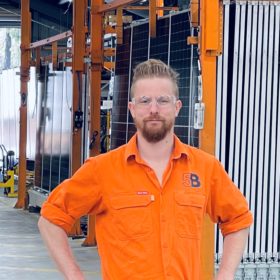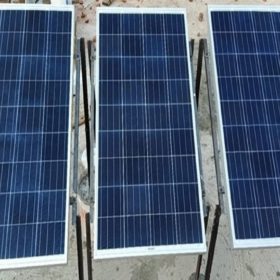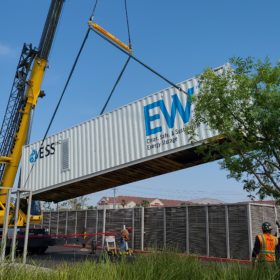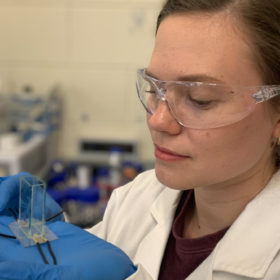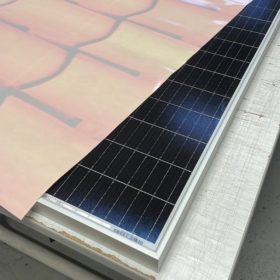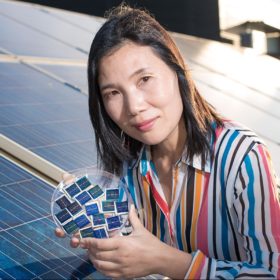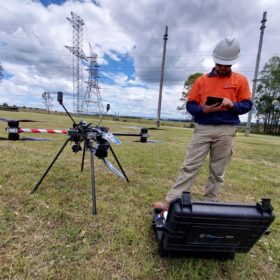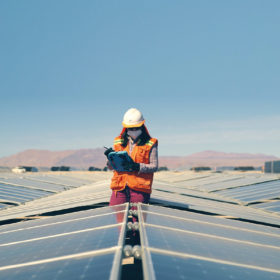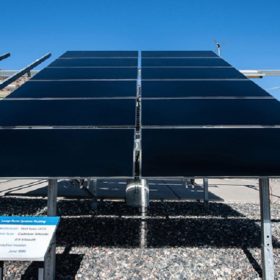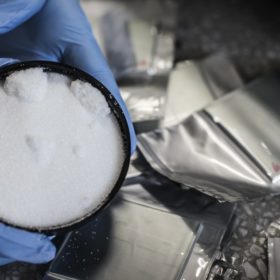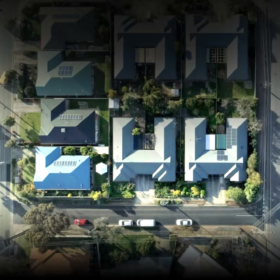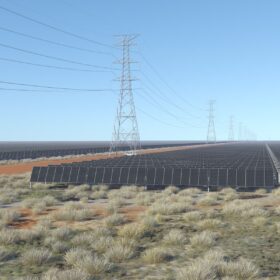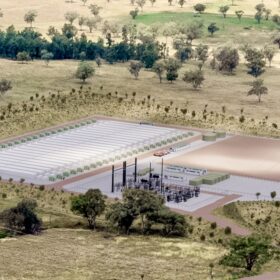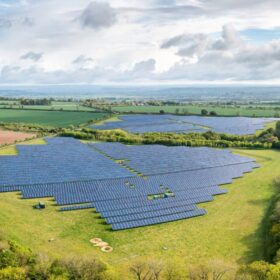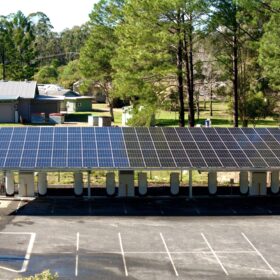5B to ramp up expansion plans after bp provides $20 million backing
Australian modular solar manufacturer 5B has secured a $20 million (USD 13.7 million) investment from the venture arm of British energy giant bp which will allow it to accelerate the development of its preassembled and relocatable modular solar technology.
Hydrophobic nanocoating to reduce soiling in solar panels
Scientists in Egypt have created a self-cleaning, hydrophobic coating for solar panels that reportedly increases their efficiency by more than 30%. They used a coating solution based on polydimethylsiloxane (PDMS) and silicon dioxide (SiO2) nanocomposites, mixed with ethanol and isopropanol.
Iron-flow battery arrives at Queensland testing centre ahead of major ‘perfectly suited’ manufacturing play
Moving with Australia’s Zeitgeist, Stuart Parry, managing director of Energy Storage Industries, is working to bring battery manufacturing onto Australian shores – and his approach is, if not novel, certainly well advanced. “It’s about being smart in how we do it,” Parry tells pv magazine Australia.
Melbourne researchers use sound waves to boost green hydrogen production 14-fold
Researchers from RMIT and the University of Melbourne have discovered high-frequency vibrations can release 14 times more hydrogen compared with standard electrolysis techniques. The discovery also has ramifications for the expensive, rare materials currently used in electrolysers. “With sound waves making it much easier to extract hydrogen from water, it eliminates the need to use corrosive electrolytes and expensive electrodes such as platinum or iridium,” research lead Amgad Rezk said.
Customisable sticker to turn solar panels into advertising billboards
An Italian startup has created a fully recyclable sticker that can be used to cover solar panels on rooftops or facades. It replicates high-definition images that can help to improve the aesthetics of solar arrays or turn PV facades into advertising billboards.
UNSW researchers patent low-cost additive to solve perovskite’s stability problem after achieving world-class results
Researchers from UNSW have discovered a low-cost way to stabilise perovskite solar cells with a “triple function, cheap additive,” research lead Professor Hao tells pv magazine Australia. Perovskite cells using the additive have returned the best stability results yet seen in Australia, according to the team, and among the best in the world.
Infravision targets extra transmission capacity in Transgrid trial
Australian technology start-up Infravision will team with New South Wales network operator Transgrid in a trial of a “next generation” line-monitoring system designed to optimise the performance of existing electrical transmission infrastructure and support the roll out of more renewable energy.
Weekend read: Automate, foldout for a ultra-low-cost solar future
While the efficiency of solar cells will always be important, scaling innovation in sustainable cell technology and solar deployment, is the new game in town. With hydrogen exports and production of green metals in its sights, Australia has some breakthrough tech coming down the pike, as pv magazine Australia’s Natalie Filatoff reports.
How clean energy technologies achieve commercial success
Analysts study lab-to-market pathways for clean energy technologies including a look at the development of First Solar’s cadmium-telluride thin film solar modules.
Research team takes on lithium-ion tech with sodium-sulphur battery
Researchers from the University of Sydney have created a new sodium-sulphur battery which they say provides four times the energy capacity of lithium-ion batteries and is far cheaper to produce, providing the potential to dramatically reduce energy storage costs.
